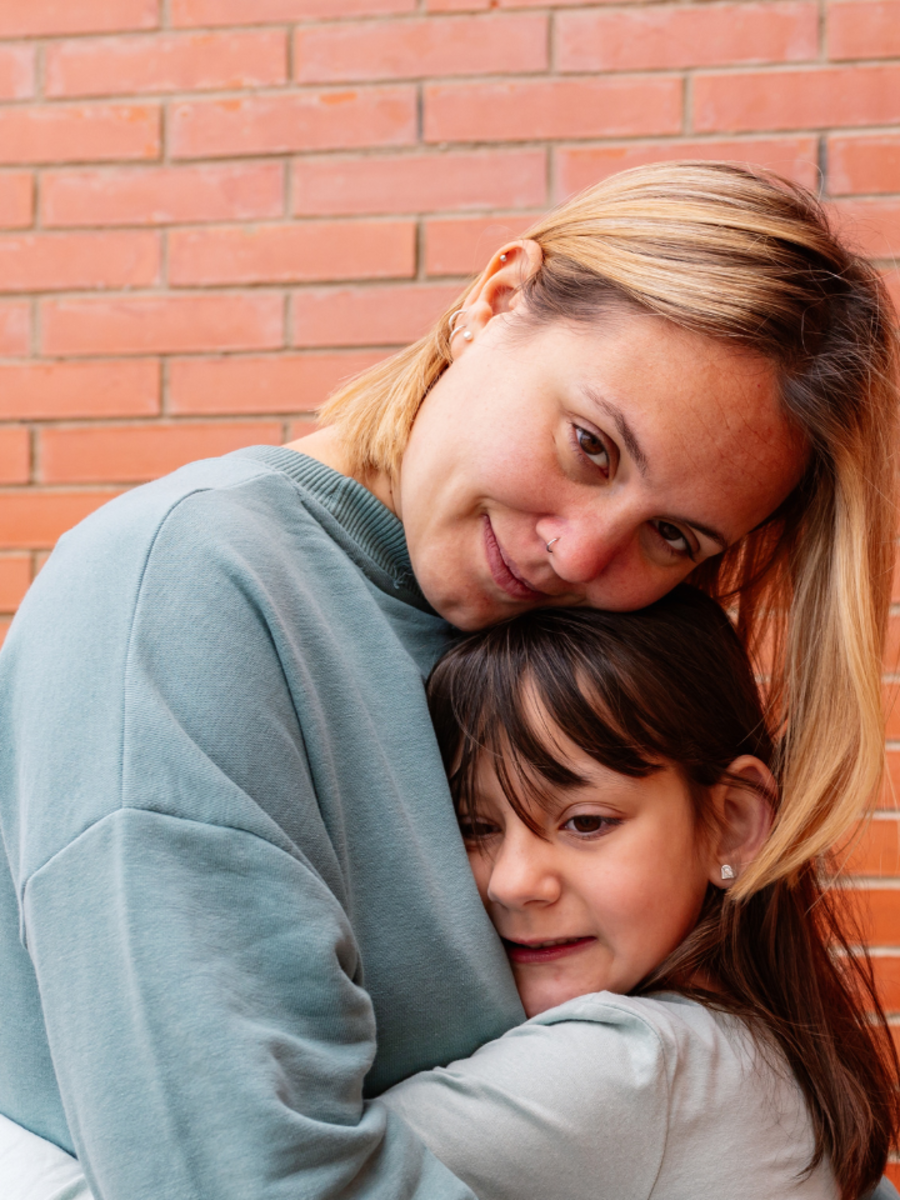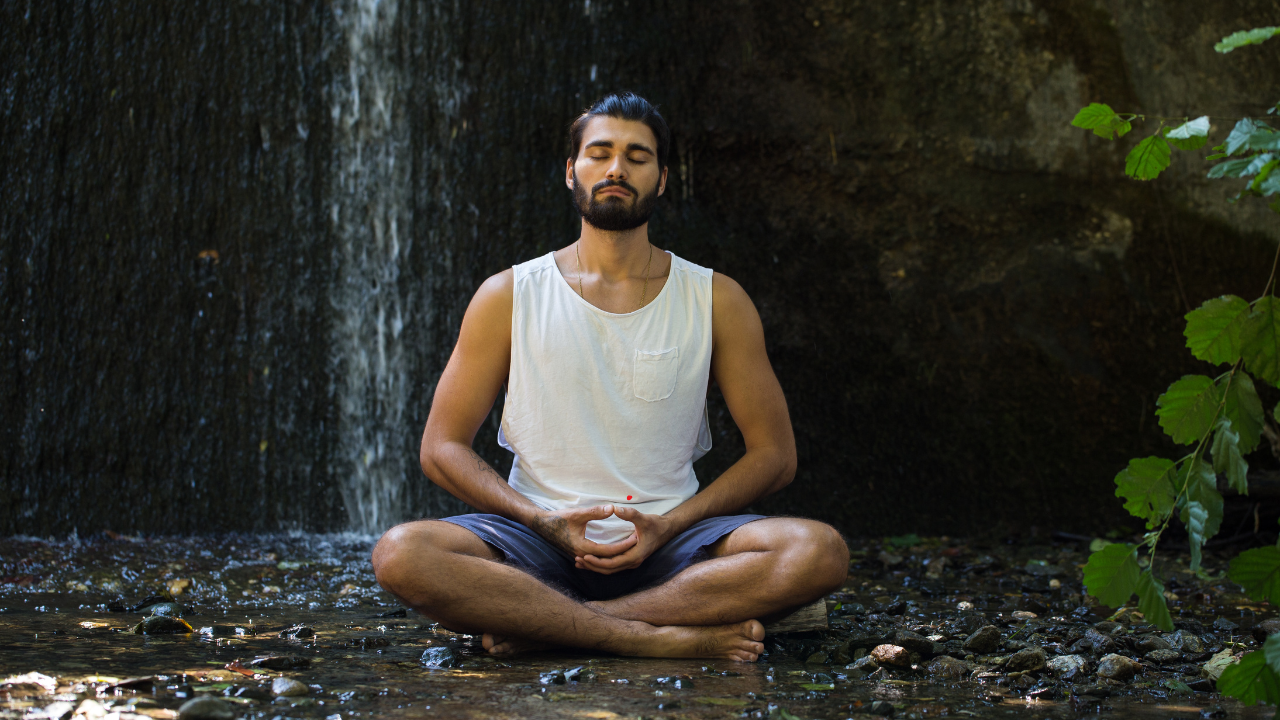
1/8
Powerful tips to react less and respond more
We’ve all had those moments: you’re in the middle of a conversation, something is said, and before you know it, you’ve snapped back– only to regret it a moment later. Sound familiar? It’s a pattern we can all fall into– reacting without thinking. But what if you could stop that automatic reaction and instead respond in a more thoughtful, intentional way? The good news is, you can. Here are seven powerful ways to shift from reacting to responding, bringing more peace into your life.

2/8
Recognize your strengths
The first step in learning to respond instead of react is to recognize your strengths. What are you naturally good at? Are you great at solving problems or making people feel heard and understood? Knowing your strengths can help you stay calm in tough situations. Instead of reacting out of frustration or fear, take a moment to pause and use your strengths to guide your words and actions. This way, you can respond thoughtfully rather than emotionally.

3/8
Use your strengths every day
Once you know your strengths, practice using them every day. Just like a muscle, the more you use them, the stronger they get. If you’re good at staying calm under pressure, try applying that in small situations– like a stressful meeting or a disagreement with a friend. The more you practice, the more natural it becomes, helping you stay in control instead of reacting without thinking.

4/8
Spend time in nature
In today’s busy world, we’re always on the go, surrounded by noise and distractions. A great way to slow down is to spend time outside. Whether it’s a walk in the park, or just sitting and breathing in fresh air, nature helps clear your mind. When you feel stressed or about to lose your cool, stepping outside can make a big difference. It gives you a break, helps you relax, and lets you respond to situations with a calmer, clearer mind.

5/8
Engage in creative activities
Creativity isn’t just about art– it’s a way of thinking that helps you see things differently. Whether it’s painting, writing, cooking, or dancing, doing creative activities lets your brain take a break from daily routines. The more you practice creativity, the easier it becomes to handle problems in new ways. This helps you stay calm in tough situations and respond with more thought instead of reacting without thinking.

6/8
Practice mindfulness
Mindfulness means being fully present and aware of your thoughts, feelings, and surroundings. Instead of reacting instantly, it helps you pause and think before responding. For example, in a stressful conversation, take a deep breath and listen carefully before speaking. This small pause gives you control over your response instead of just reacting on impulse. With practice, mindfulness makes it easier to stay calm and respond thoughtfully.

7/8
Set achievable goals
When life feels stressful and overwhelming, it's easy to react without thinking. Setting small, clear goals can help you stay focused and calm. For example, if you're facing a tough situation at work, break it into smaller steps. Handling one thing at a time makes things feel more manageable and prevents rushed decisions. When you have a plan, it's easier to stay in control and respond calmly.

8/8
Manage your stress
Stress is a normal part of life, but how you deal with it matters. If you keep it all inside, it can build up and make you react in ways you don’t want to. Instead, find healthy ways to let it out– write in a journal, talk to a friend, exercise, or just take a few minutes to breathe and relax. When you manage stress regularly, you’re less likely to lose control and react out of frustration.
FOLLOW US ON SOCIAL MEDIA

 1 month ago
30
1 month ago
30




























 English (US)
English (US)